12 Off-The-Radar Colorado Gems To Visit—And 3 You Might Want To Skip
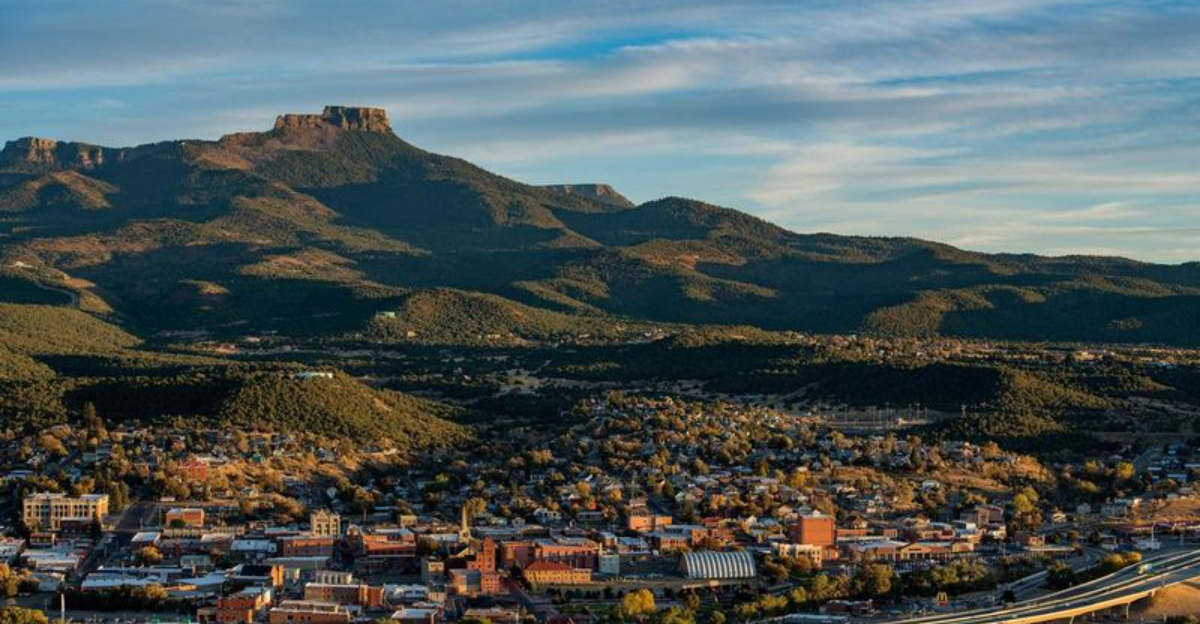
Think you’ve seen all Colorado has to offer? Think again. Beyond the buzz of Aspen and Boulder lie small towns packed with charm, history, and jaw-dropping scenery—but without the crowds and steep prices.
I’ve wandered through quiet mountain valleys, chatted with locals over homemade pie, and stumbled upon places that feel like Colorado’s best-kept secrets. Some towns instantly won me over with their laid-back vibes and untouched beauty. Others?
Let’s just say the hype didn’t match the experience. If you’re craving that authentic Rocky Mountain feeling—without the ski-lodge traffic—this list is for you. Which hidden gem will steal your heart? Let’s find out.
1. Creede: A Canyon-Nestled Mining Town With Theatrical Flair
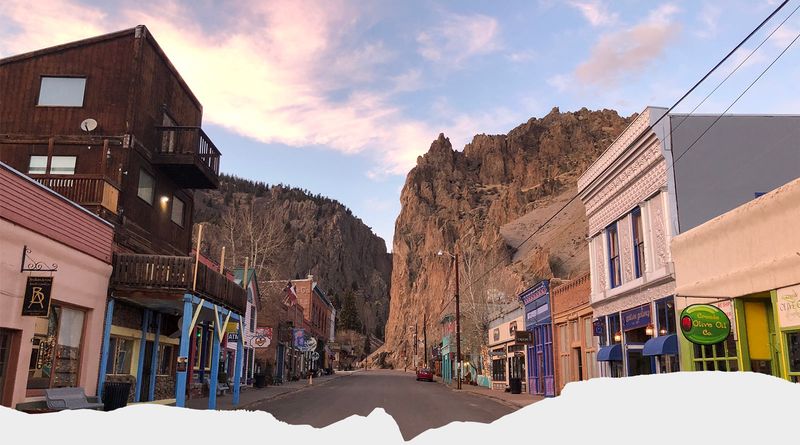
Tucked into a dramatic box canyon, Creede feels like stepping back in time to Colorado’s silver mining heyday. The town’s population barely tops 300 residents, but what it lacks in size it makes up for in character.
Summer brings the renowned Creede Repertory Theatre to life, delivering professional performances that would impress even city-dwelling theater critics. The historic downtown features well-preserved buildings housing local artisans and unique shops.
Fishing enthusiasts will find paradise in the nearby Rio Grande, while hikers can explore abandoned mining structures scattered throughout the surrounding mountains. Creede’s remoteness is exactly what keeps it special and uncrowded.
2. Manitou Springs: Mystical Waters Meet Quirky Mountain Culture
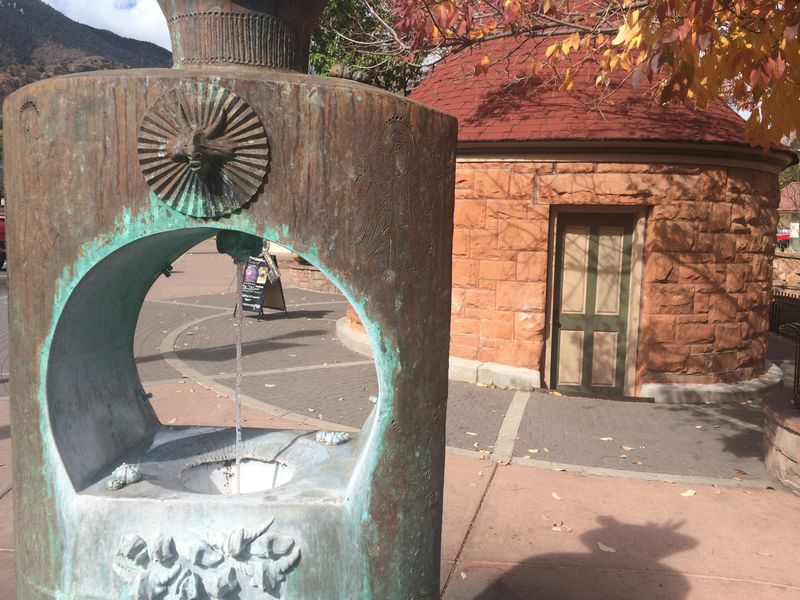
Just west of Colorado Springs lies a bohemian haven where healing mineral springs bubble up throughout town. Manitou Springs embraces its eccentric personality with open arms, offering visitors a delightful mix of history, natural wonders, and artistic flair.
The eight public mineral fountains scattered downtown provide refreshing (albeit slightly metallic-tasting) drinks straight from the earth. Art galleries and crystal shops line the streets, while the penny arcade offers nostalgic entertainment for all ages.
When hunger strikes, the town delivers with local cafés serving everything from gourmet donuts to farm-to-table cuisine. Don’t miss the Incline trail for thrill-seekers—a brutal but rewarding climb up former railway ties that will test your lungs and reward your eyes.
3. Nederland: High-Altitude Hippie Haven With Frozen History
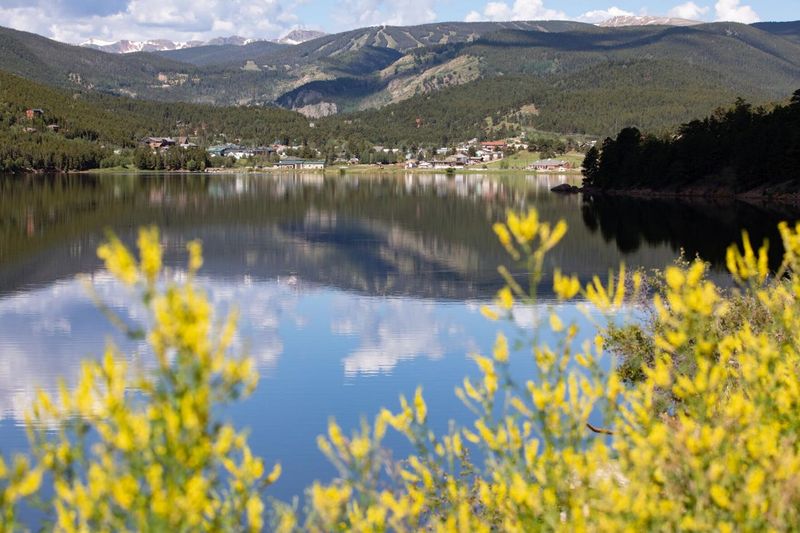
Perched at 8,228 feet in the mountains west of Boulder, Nederland marches to its own delightfully bizarre drumbeat. This former mining settlement transformed into a counter-culture community where mountain folk and free spirits coexist in harmony.
The town’s claim to fame? Frozen Dead Guy Days—a quirky festival celebrating a cryogenically preserved Norwegian grandfather kept in a Tuff Shed by his grandson. Beyond this peculiar celebration, Nederland offers excellent access to Indian Peaks Wilderness hiking trails and the beautiful Barker Reservoir.
Caribou Coffee House serves as the town’s living room, while Pioneer Inn hosts live music that draws talented musicians from across the Front Range. Nederland embodies Colorado’s independent spirit in its purest form.
4. Glenwood Springs: Tourist Trap That’s Lost Its Spark (Skip It)
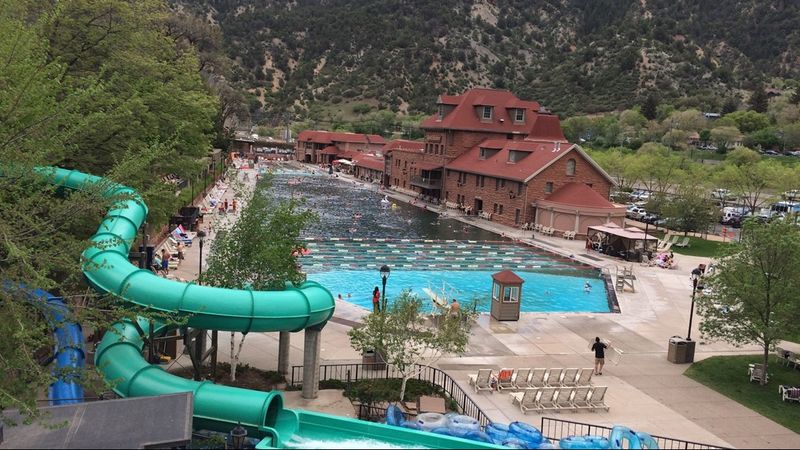
Once a genuine hot springs destination, Glenwood Springs has unfortunately morphed into an overpriced tourist trap. The famous hot springs pool now resembles a chlorinated water park more than a natural mineral bath, with crowds that make relaxation nearly impossible.
Downtown feels increasingly generic, with chain restaurants replacing local establishments and souvenir shops selling the same mass-produced trinkets found in any tourist town. Traffic congestion through the narrow canyon leading to town often turns a scenic drive into a frustrating crawl.
Parking has become both scarce and expensive, while lodging prices have skyrocketed beyond what the experience delivers. Your Colorado adventure budget would be better spent elsewhere, exploring authentic mountain towns that haven’t sacrificed their soul to tourism.
5. Lake City: Remote Alpine Paradise For Outdoor Enthusiasts
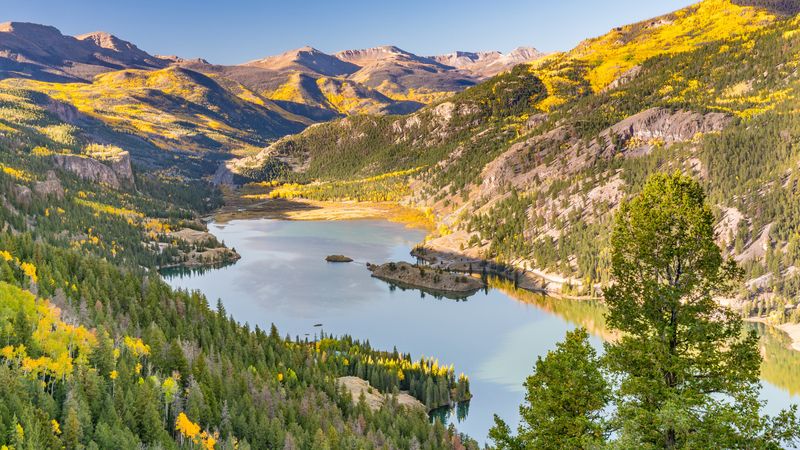
If genuine wilderness adventure calls your name, Lake City answers with some of Colorado’s most spectacular backcountry. This tiny outpost (population 400) sits surrounded by the San Juan Mountains, offering solitude that’s increasingly rare in our connected world.
The Alpine Loop 4×4 route starts here, taking adventurous drivers through ghost towns and over mountain passes that once served miners seeking fortune. Henson Creek babbles through town, providing excellent fishing opportunities mere steps from historic Victorian buildings.
Hiking trails lead to hidden alpine lakes and waterfalls where you might not see another soul all day. When winter arrives, Lake City transforms into a snowshoeing and cross-country skiing haven—without the lift lines and resort prices found elsewhere in Colorado.
6. Pagosa Springs: Steaming Hot Pools Beneath Mountain Skies
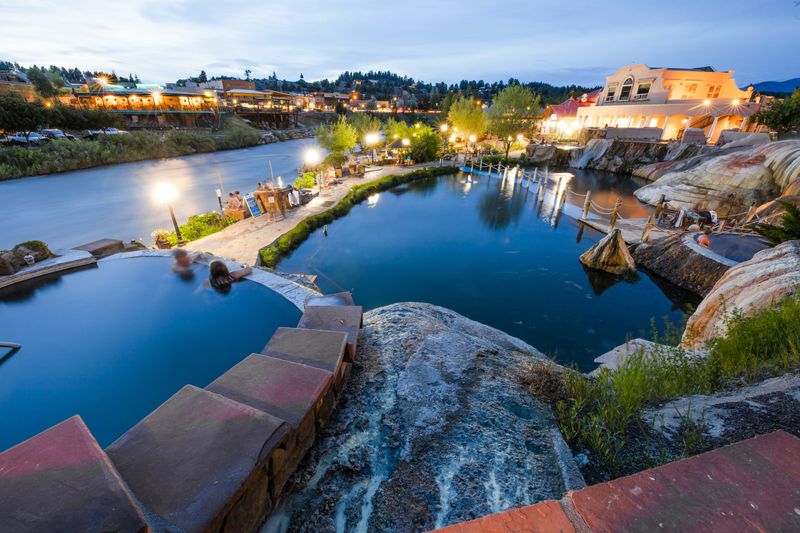
The world’s deepest geothermal hot spring anchors this mountain town where relaxation reaches art form status. Pagosa Springs offers visitors the chance to soak in terraced pools of varying temperatures while gazing at the San Juan Mountains and watching the San Juan River flow by.
Unlike its more commercialized counterparts, Pagosa maintains an authentic small-town feel where locals still outnumber tourists. The downtown area features locally-owned restaurants serving green chile specialties and craft breweries pouring mountain-inspired beers.
Beyond the springs, Wolf Creek Ski Area receives Colorado’s highest annual snowfall without the pretentiousness of fancier resorts. Summer brings endless hiking, fishing, and paddling opportunities on nearby lakes and rivers. Pagosa delivers natural beauty without manufactured attractions.
7. Cripple Creek: Gold Rush History With Modern Gambling Twist
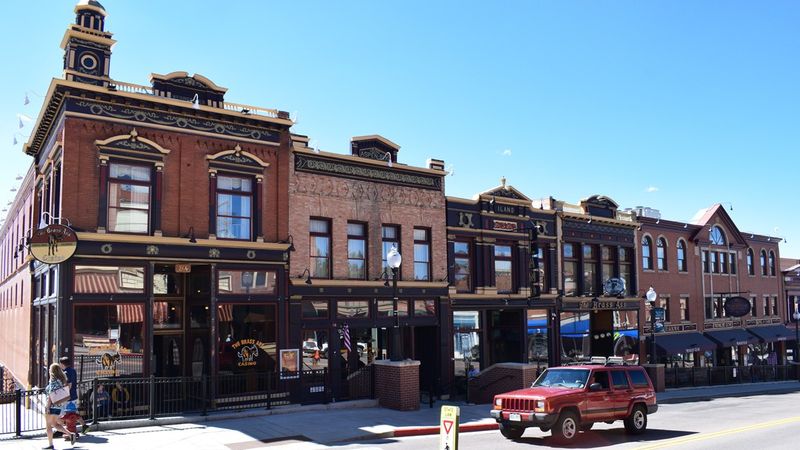
This historic mining settlement once boasted more millionaires per capita than anywhere in America during the gold rush. Today, Cripple Creek preserves its Wild West heritage while embracing limited-stakes gambling that breathed new economic life into the town.
Victorian buildings house small casinos where gaming feels more approachable than Vegas-style operations. The Mollie Kathleen Gold Mine offers tours that descend 1,000 feet underground, giving visitors firsthand experience of miners’ dangerous working conditions.
The Butte Theater presents melodramas where audiences cheer heroes and boo villains in period-appropriate entertainment. At 9,494 feet elevation, Cripple Creek’s thin air and mountain setting provide a gambling experience unlike any other. History buffs will appreciate how thoroughly the town has preserved its gold-boom architecture and stories.
8. Black Hawk: Soul-Sucking Casino Town (Avoid This One)
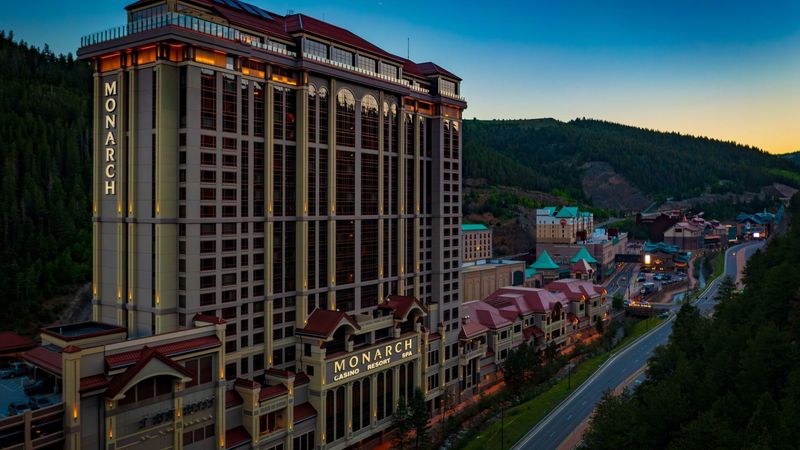
What was once a charming historic mining town has been sacrificed to mega-casinos and parking garages. Black Hawk’s transformation represents everything wrong with commercialized tourism, with massive gambling complexes dwarfing and obscuring the few remaining historic structures.
The town lacks pedestrian-friendly areas, making it impossible to enjoy a pleasant stroll. Instead, visitors shuttle between casino complexes that could exist anywhere—there’s nothing uniquely Colorado about the experience except the mountain setting that’s barely visible from gaming floors.
Restaurants inside casinos offer mediocre buffets and chain-style dining at inflated prices. If gambling’s your goal, you’d find better ambiance and value in Central City nearby or Cripple Creek further south. Black Hawk has essentially abandoned its mountain town identity for corporate gambling revenue.
9. Ouray: Switzerland of America With Healing Waters
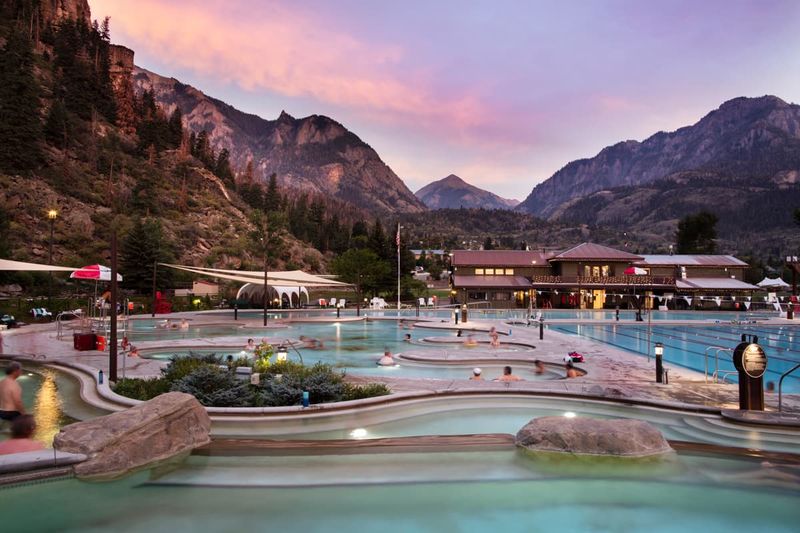
Imagine a perfect alpine village nestled in a box canyon with Victorian architecture and no traffic lights. Ouray delivers this postcard-perfect setting along with sulfur-free hot springs that won’t leave you smelling like eggs after a relaxing soak.
The town serves as basecamp for the Million Dollar Highway—one of America’s most spectacular drives—and Jeep trails that access abandoned mining sites and spectacular viewpoints. During winter, the world-famous ice climbing park attracts international climbers to scale frozen waterfalls within walking distance of downtown.
Local breweries and family-owned restaurants provide après-adventure refreshments with mountain views from every table. Ouray manages the delicate balance of catering to tourists while maintaining authentic mountain town character that keeps locals proud to call it home.
10. Marble: Tiny Town With Massive Artistic Legacy
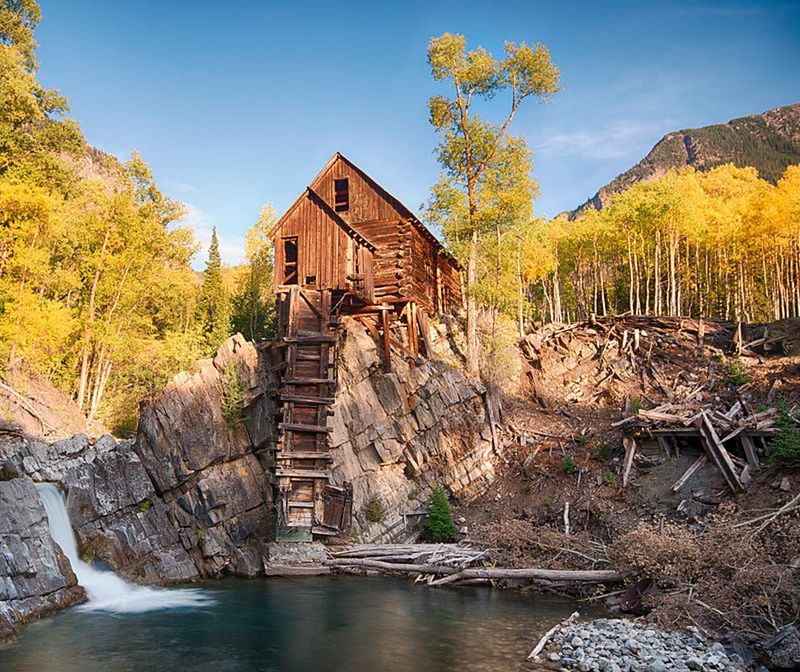
Home to just 131 residents, this tiny hamlet produced the stone used in the Lincoln Memorial and Tomb of the Unknown Soldier. Marble’s remoteness—accessed via a partially unpaved road—keeps it wonderfully uncrowded even during peak tourist season.
The massive marble quarry remains operational, with giant white blocks contrasting dramatically against forested mountainsides. Crystal Mill, Colorado’s most photographed historic structure, sits just outside town—a wooden powerhouse perched precariously above the Crystal River.
Slow Groovin’ BBQ serves mouth-watering smoked meats that attract motorcyclists and road-trippers from hundreds of miles away. Artists still work marble in small studios throughout town, continuing a creative tradition spanning generations. This place rewards those willing to venture beyond the usual tourist circuit with authentic mountain experiences.
11. Silverton: Time-Capsule Mining Town With Train Access
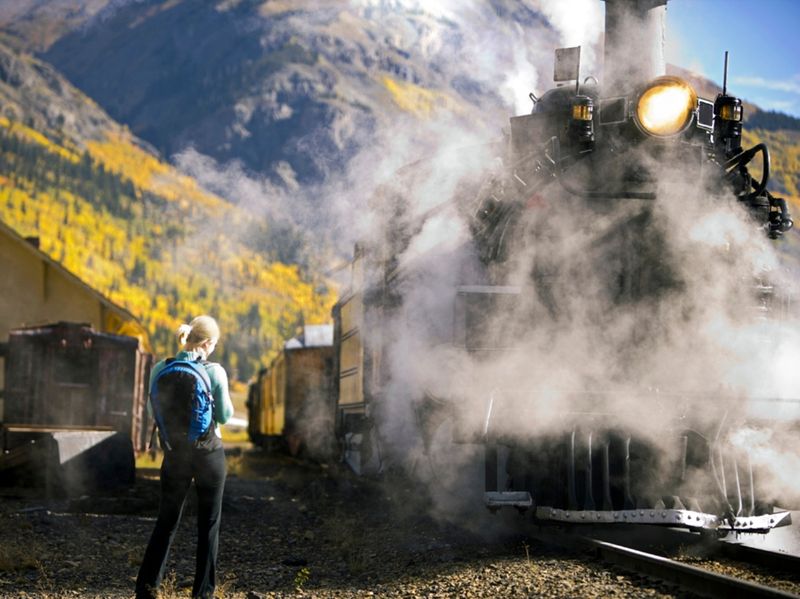
Arriving via the narrow-gauge railroad from Durango delivers visitors to Silverton in the same manner as miners and merchants did in the 1880s. The town’s isolated location at 9,318 feet has preserved its frontier character better than any other Colorado mining settlement.
Wooden boardwalks line the unpaved main street where historic saloons serve drinks beneath pressed-tin ceilings and period furnishings. The surrounding mountains hold over 100 abandoned mines accessible via four-wheel-drive roads that challenge even experienced off-roaders.
When winter blankets the San Juans, Silverton Mountain offers expert-only skiing with guided-only terrain and helicopter access to untouched powder. The town embraces its rougher edges, never attempting to sanitize its mining heritage into a Disney-like experience. This authenticity makes Silverton a photographer’s dream and history buff’s paradise.
12. Georgetown: Victorian Elegance In Silver Mining Country
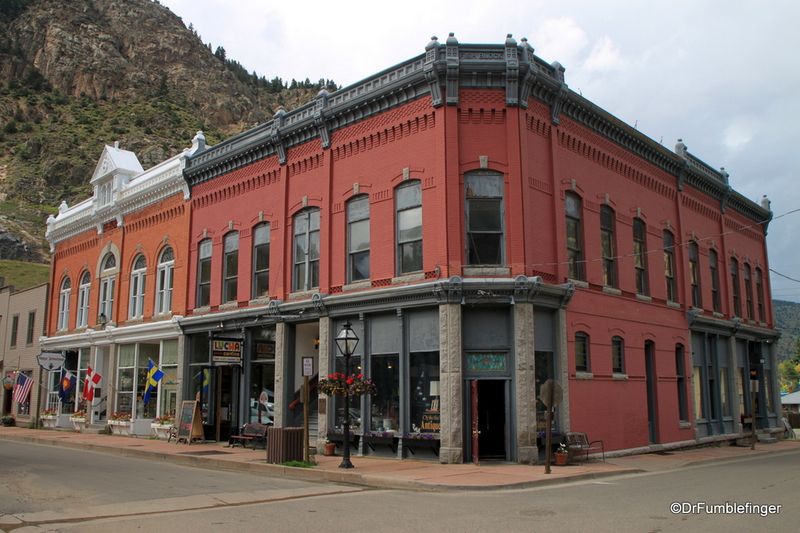
Just an hour from Denver but worlds away in atmosphere, Georgetown preserves Colorado’s silver mining aristocracy in impressive Victorian architecture. The town somehow escaped the destructive fires that leveled many mining settlements, leaving behind a remarkably intact 19th-century streetscape.
The Georgetown Loop Railroad carries visitors on a spectacular journey featuring high bridges and mountain views. During winter, nearby Georgetown Lake freezes solid, creating a magical ice fishing village of colorful temporary structures dotting the white surface.
History comes alive in the Hamill House and Hotel de Paris museums, which showcase the luxury mining barons once enjoyed. The annual Christmas Market transforms the town into a Bavarian-style holiday wonderland complete with roasted chestnuts and mulled wine. Georgetown offers accessible history without requiring remote mountain driving.
13. Trinidad: Border Town Renaissance Through Art And Architecture
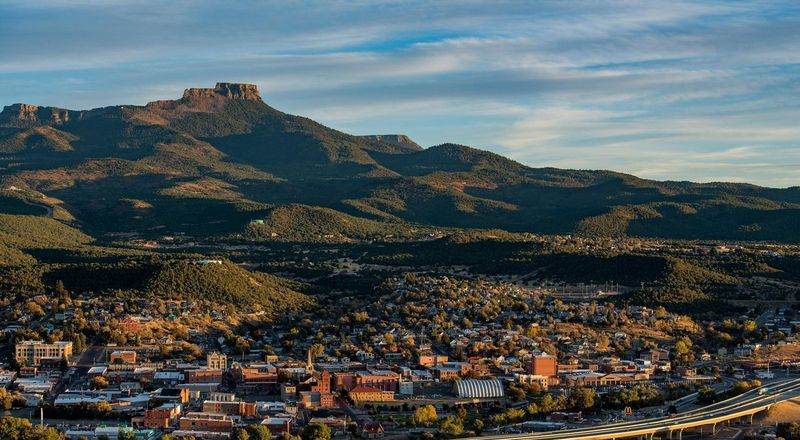
Sitting just north of the New Mexico border, Trinidad is experiencing a remarkable transformation from forgotten coal mining town to vibrant creative hub. The historic downtown boasts one of the largest collections of Victorian commercial architecture in the country, with buildings now filling with galleries, studios, and farm-to-table restaurants.
Trinidad’s fascinating history includes being known as the “Se* Change Capital of America” when Dr. Stanley Biber pioneered gender confirmation surgery here decades before it entered mainstream awareness. Today, the town embraces this progressive legacy alongside its Hispanic heritage and mining history.
Fishers Peak, Colorado’s newest state park, towers over town offering hiking opportunities on previously inaccessible land. Artists and remote workers are relocating here for affordable historic properties and small-town quality of life, creating an energetic community feel that makes visitors want to stay.
14. Estes Park: Elk-Jammed Gateway Town (Skip This One)
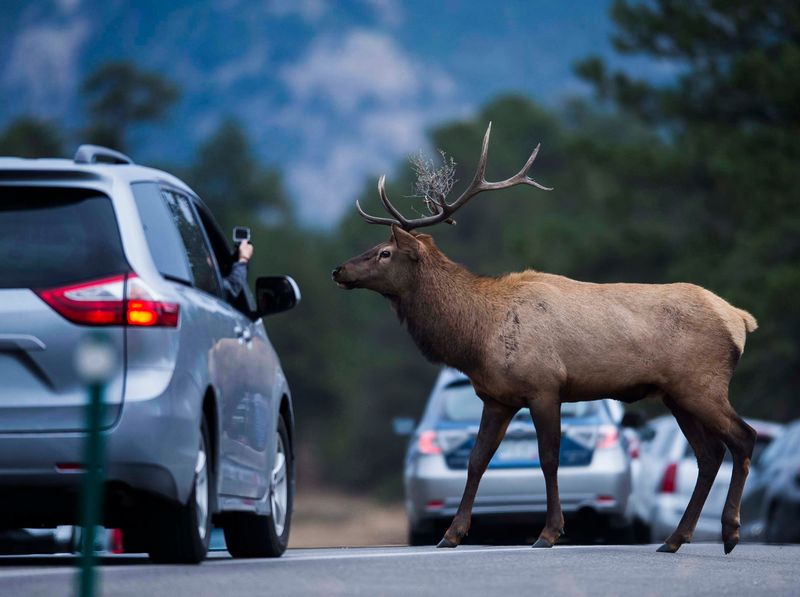
Despite its stunning location at Rocky Mountain National Park’s entrance, Estes Park has devolved into a frustrating tourist bottleneck. Summer traffic creates gridlock that can turn a quick drive through town into an hour-long ordeal of bumper-to-bumper crawling.
The main street offers little beyond generic t-shirt shops, fudge stores, and overpriced restaurants serving mediocre food. Aggressive elk wander downtown, creating dangerous situations when tourists inevitably approach too closely for photos despite warnings.
While The Stanley Hotel (which inspired Stephen King’s “The Shining”) remains interesting, it doesn’t justify the town’s congestion. Accommodations command premium prices while delivering basic motel experiences. Instead, consider Grand Lake on the park’s western side for a more authentic mountain town experience with equally good park access.
15. Paonia: Organic Farms And Wineries In Mountain Paradise
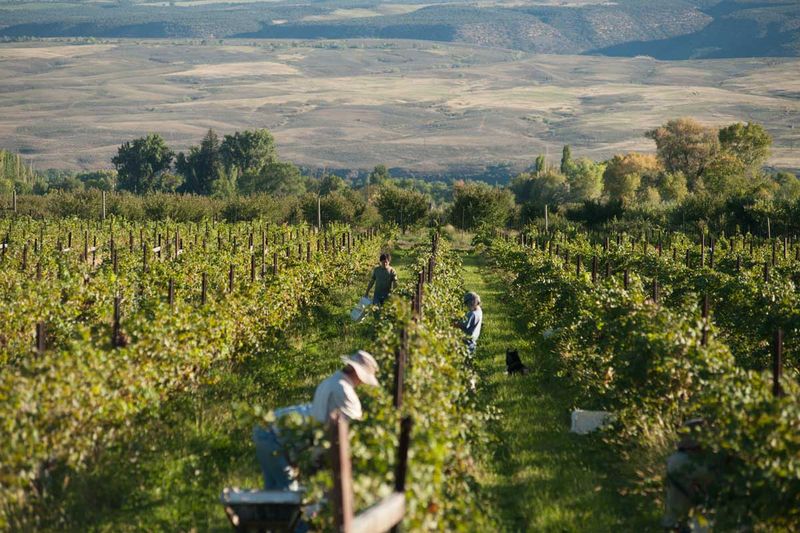
This fertile valley town represents Colorado’s best-kept agricultural secret, where organic farms, vineyards, and orchards thrive in the shadow of Mount Lamborn. Paonia’s microclimate allows for growing conditions unique in Colorado, producing exceptional wines, peaches, and cherries that draw culinary enthusiasts.
The town’s creative spirit manifests in multiple art galleries, live music venues, and the headquarters of High Country News—an award-winning environmental publication. Local farm-to-table restaurants serve ingredients often harvested the same day, creating memorable dining experiences impossible to replicate elsewhere.
Winemakers welcome visitors to intimate tasting rooms where you’ll likely meet the actual vintner rather than hired staff. Mountain biking trails access spectacular terrain without the crowds found in more famous destinations. Paonia represents the perfect blend of agricultural heritage, outdoor recreation, and creative community.
